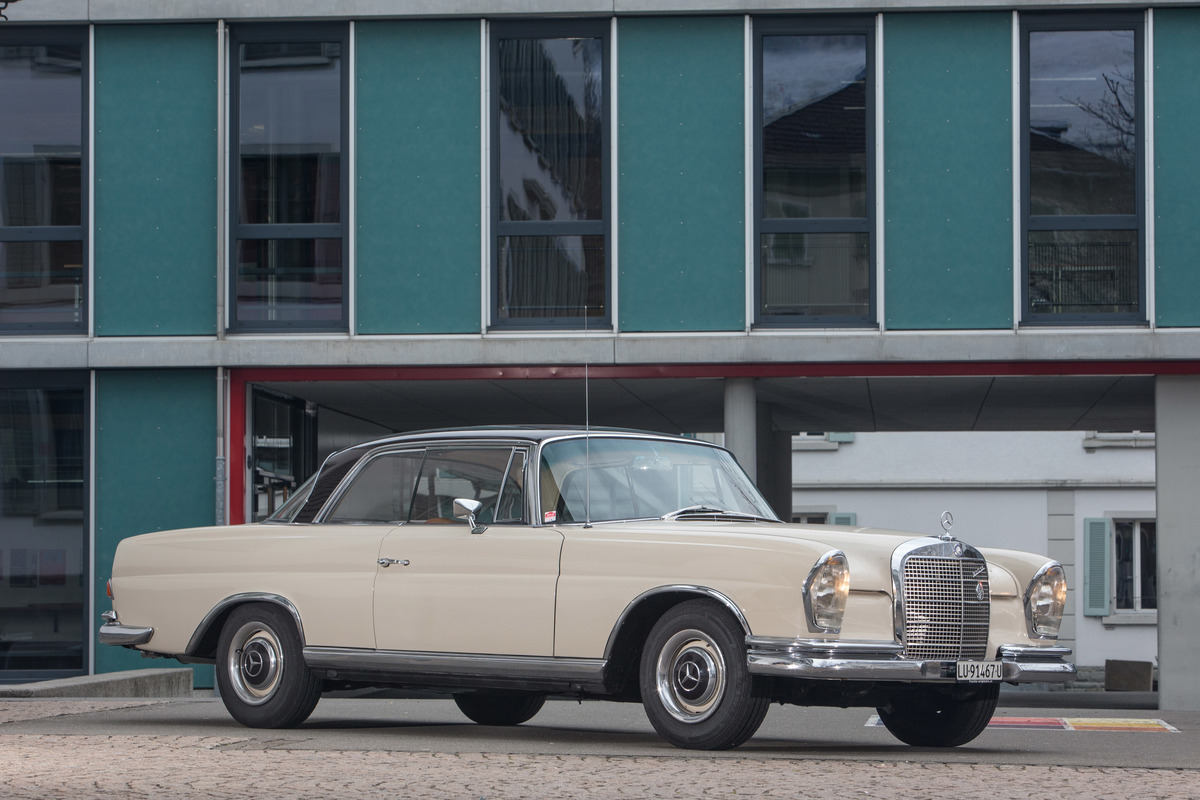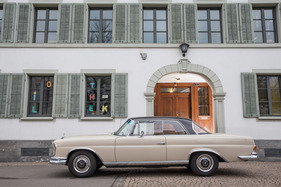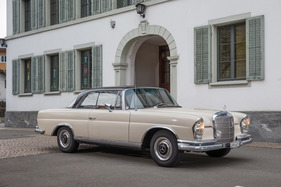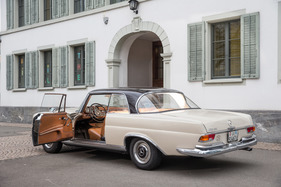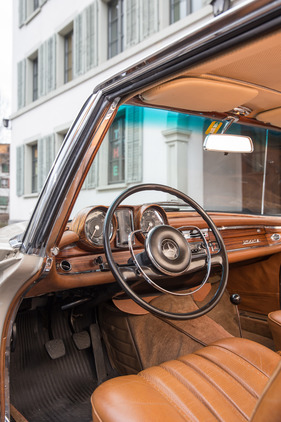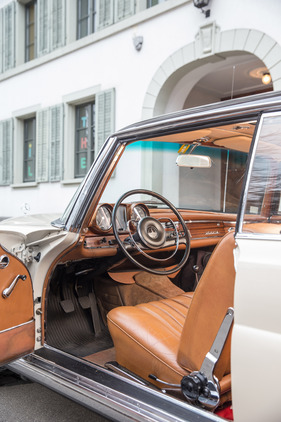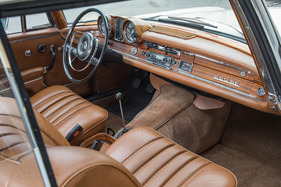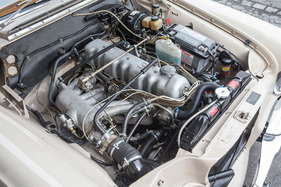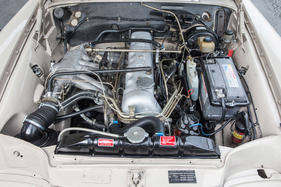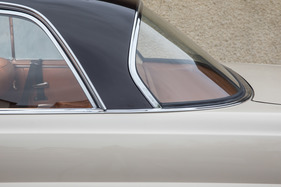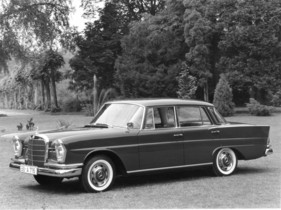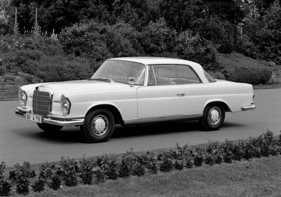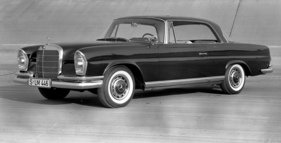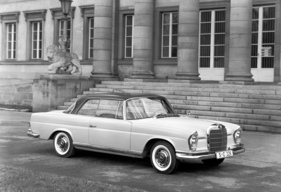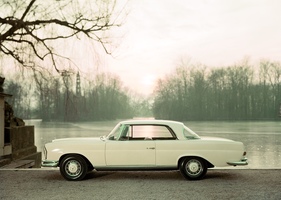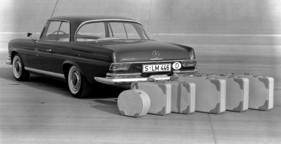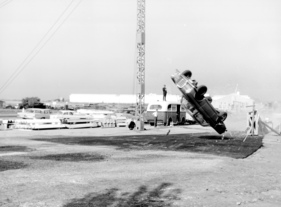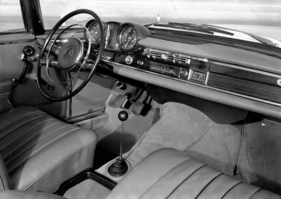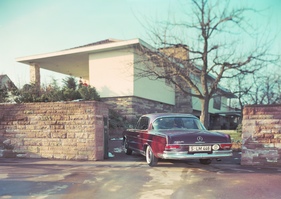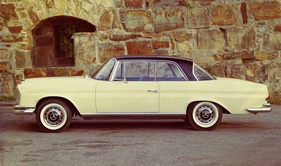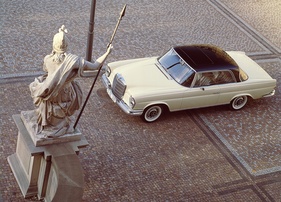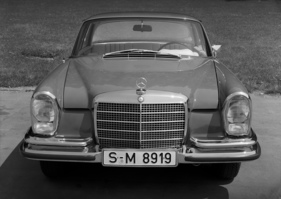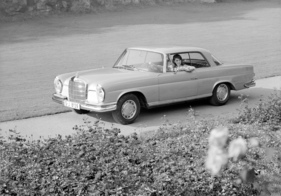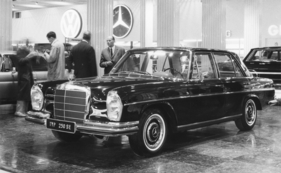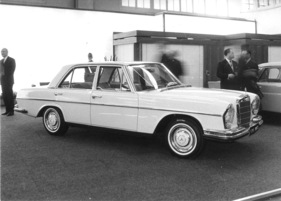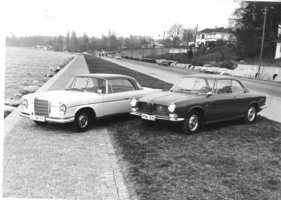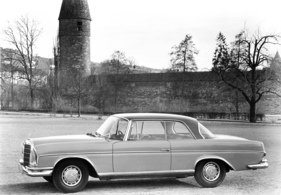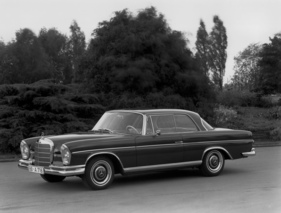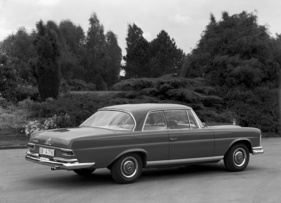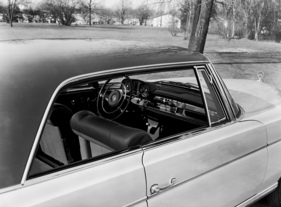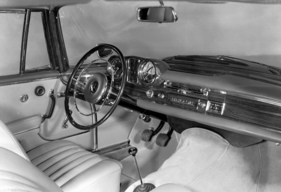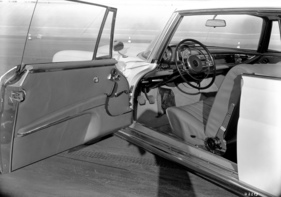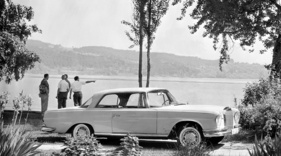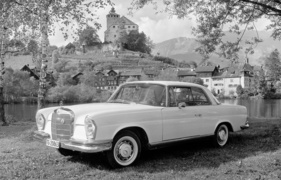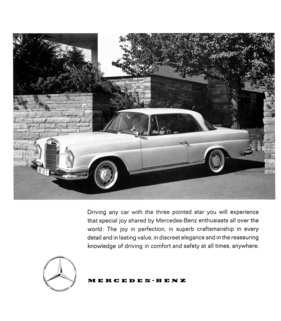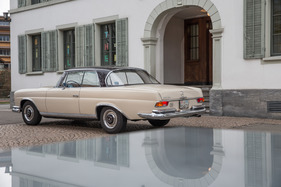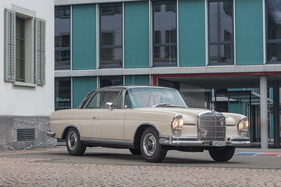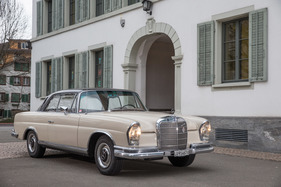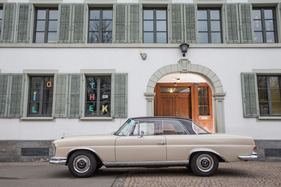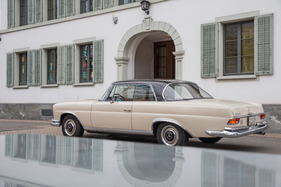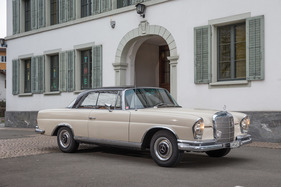Mercedes-Benz 250 SE Coupé - refined sportiness with everyday utility
Summary
If you were looking for a sporty coupé with saloon qualities and luxury-class comfort in the second half of the 1960s, there was really no way around the Mercedes-Benz 250 SE Coupé. With a top speed of 185 km/h, it was one of the fastest and, with disc brakes and fuel injection, one of the most advanced. Even 50 years later, the elegant coupé is still impressive. This driving report tells the story of the four- to five-seater coupé and shows it in current and historical pictures, as well as in the sales brochure.
This article contains the following chapters
- Presentation in 1961
- Genuine four-seater
- Disc brakes for the first time
- From the 2.2-liter to the 2.5-liter
- Pure Mercedes
Estimated reading time: 5min
Preview (beginning of the article)
If you were looking for a sporty coupé with saloon qualities and luxury-class comfort in the second half of the 1960s, there was really no way around the Mercedes-Benz 250 SE Coupé. Technically, the Coupé, which was presented for the first time on February 24, 1961, was based on the four-door 2.2-litre six-cylinder models that had appeared in August 1959. The Ponton coupés continued to be built for two years before being replaced by an extremely elegant "Fauxcabriolet", as the Automobil Revue reported in March 1961: "It is very remarkable that the side windows are curved and that the rear fender shape is no longer so strongly accentuated, but has been curved back upwards at the end and incorporated more softly into the rear shape. The front of the car has also undergone some retouches compared to the four-door versions in the sense of more fluid lines. The 8 cm lower body height has a very beneficial effect on the overall proportions of the hood, coupé body and long rear luggage compartment. The windshield is strongly rounded at the sides and curved back into the roof at the top. The edge, which is usually an obstacle with panoramic windows of this type, is moderated inwards by the shape of the door and does not interfere at all when getting in and out thanks to the low seats. The large rear window, which is also very curved, blends harmoniously into the slightly sloping roof line at the rear. The rear side pillar is angled more towards the rear - in a marked deviation from that of the four-door versions."
Continue reading this article for free?
Photos of this article

